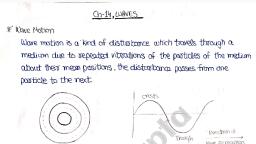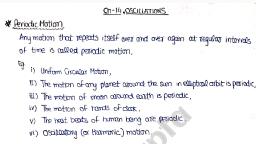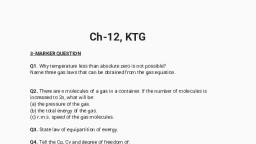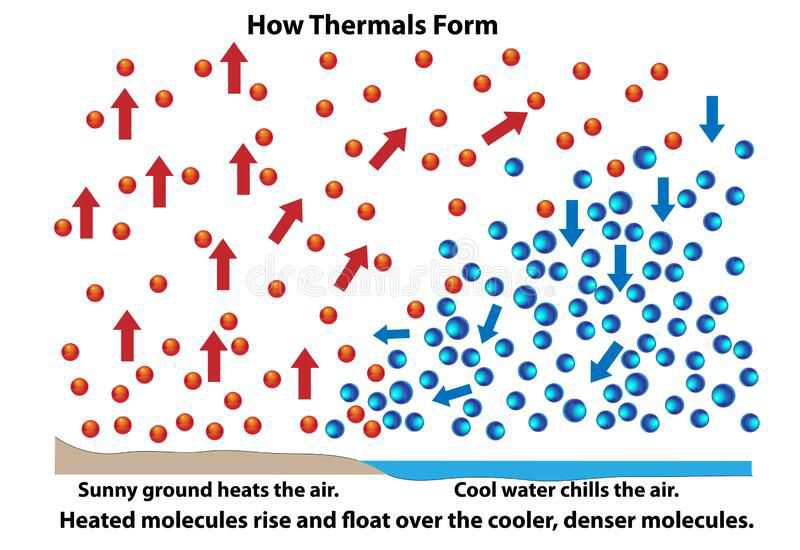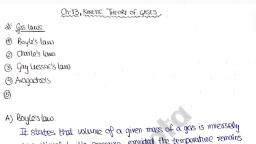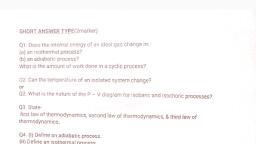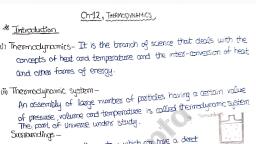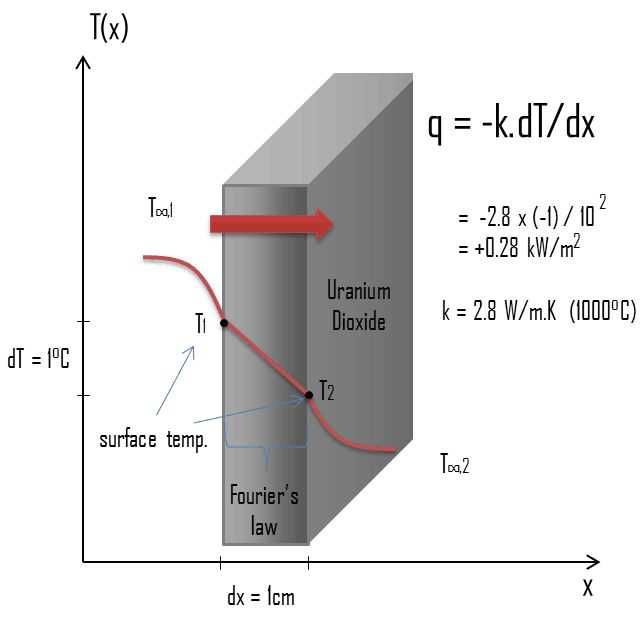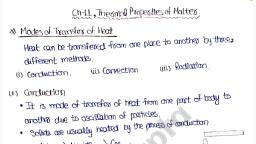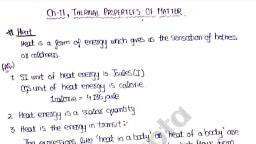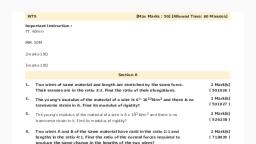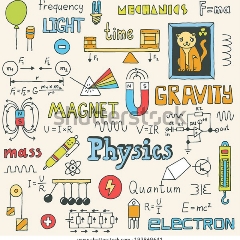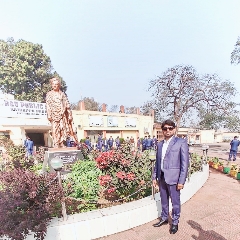Question 1 :
A wire whose cross-sectional area is $4\ mm^{2}$ is stretched by $0.1\ mm$ by a certain load. If a similar wire of double the area of cross-section is under the same load, then the elongation would be
Question 2 :
Assertion: The strain present in the material after unloading is called the residual strain or plastic strain and the strain disappears during unloading is termed as recoverable or elastic strain.
Reason: After yieild point, there is some residual stress left in an material on unloading.
Question 3 :
The property of metals which allows them to be drawn into wires is known as :<br/>
Question 4 :
Change in the shape of a body caused by the application of a force (stress) is called as :<br/>
Question 5 :
A wire suspended vertically from one of its ends is stretched by attaching a weight of 200 N to the lower end. The weight stretches the wire by 1 mm. Then the elastic energy stored in the wire is:          
Question 6 :
On increasing the length by $0.5 mm$ in a steel wire of length $2 m$ and area of cross-section $2\:cm^{2}$, the force required is [$Y$ for steel $=2.2\times 10^{11}N/m^{2}$]:
Question 7 :
A wire extends by 'l' on the application of load 'mg'. Then, the energy stored in it is :
Question 8 :
Two wires $A$ and $B$ have the same cross section and are made of the same material, but the length of wire $A$ is twice that of $B$. Then, for a given load.
Question 10 :
A steel wire of length 1 m has cross sectional area $1cm$ <br> $^{2}$. If young's modulus of steel is $10^{11}N / m^{2}$ ,then force required to increase the length of wire by 1 mm will be :
Question 11 :
Two wires of the same radius and material and having length in the ratio $8.9:7.6$ are stretched by the same force. The strains produced in the two cases will be in the ratio:
Question 12 :
A tension of $20\  N$ is applied to a copper wire of cross sectional area $0.01 cm^2$, Young's Modulus of copper is $1.1\times 10^{11} N/m^2$ and Poisson's ratio is 0.32. The decrease in cross sectional area of the wire is:
Question 13 :
When an elastic material with Young's modulus Y is subjected to stretching stress S, elastic energy stored per unit volume of the material is
Question 14 :
$\mathrm{A}$ student performs an experiment to determine the Young's modulus of a wire, exactly 2 $\mathrm{m}$ long, by Searle's method. In a particular reading, the student measures the extension in the length of the wire to be $0.8 mm$ with an uncertainty of $\pm 0.05$ mm at a load of exactly $1.0 kg$. The student also measures the diameter of the wire to be $0.4 mm$ with an uncertainty of $\pm 0.01$ mm. Take $\mathrm{g}=9.8\mathrm{m}/\mathrm{s}^{2}$ (exact). The Young's modulus obtained from the reading is <br>
Question 15 :
A ball of radius <i>R </i>and with bulk modulus of elasticity <i>K </i>is kept in a liquid inside a cylindrical container. It is pressed by putting a mass <i>m </i>on a massless piston of cross-sectional area <i>A</i>, then the fractional decrease in the radius of ball will be<br>


